Traditional music in Ethiopia
By Fitsum Getachew
Ethiopia has a long and at times tormented history. With that it has an equally long and fascinating history of arts and culture. To write about Ethiopia’s traditional music in one article such as this may not do justice to everyone nor reveal the complete and true picture of the situation. This text should thus simply serve as a launch pad for further study for anyone who would like to venture deeper into the country’s traditional music.
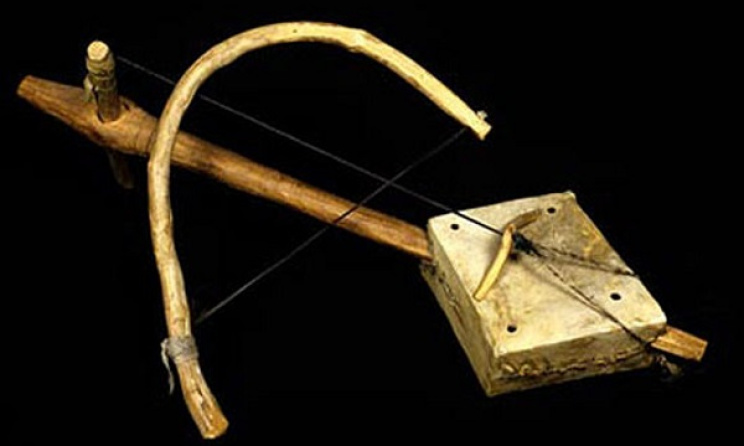 Masinko, Ethiopian traditional instrument. Photo: www.natural-history.uoregon.edu
Masinko, Ethiopian traditional instrument. Photo: www.natural-history.uoregon.edu
The music of Ethiopia is a reflection of all the historical and social episodes, such as the military campaigns that various warlords or chiefs had to launch. The music is about war as well as patriotism, songs of victory, songs that incite support for a certain crusade. The music is also about love, with wonderful melodies and poetic lyrics. The spirituality of Ethiopians is expressed in the form of music. All these types of tunes and melodies are prepared and performed using various traditional instruments.
Traditional instruments
Ethiopian traditional music is best expressed with its musical instruments, besides the contribution of the renowned vocalists. The most characteristic and widely used instruments are the masinko, the krar, the washint, the begena, the kebero, and the tom-tom.
The masinko is a single-stringed instrument that is used in many parts of the country by several people, including the Amhara, the Tigreans and Oromo. The masinko as it is a kind of fiddle made from the tail of horses and a piece of hide. It is relatively easy to make and is played by rubbing a bow made of a string against the fiddle. People in the Ethiopian highland areas learn to play the masinko at a very early age, particularly in the north around Gondar. Verses are typically created by the vocalist and player of the instrument - or as is the tradition, the audience suggests poems or lyrics and the vocalist just repeats them word for word. Among the greatest masinko specialists in Ethiopia was Getamessay Abebe, who used to be a leading member of the Ethiopian Orchestra[i], a traditional musical group founded in 1963. The group attained prominence when Charles Sutton, a US Peace Corps member fascinated by the instrument, joined the group and learnt to play one. The group subsequently toured the US, introducing Ethiopia’s traditional music at concerts. Other influential masinko players include Legesse Abdi (in Oromiffa language), Adane Teka and Habtemichael Demissie, while Alemayehu Fanta more recently played Amharic songs using the single-stringed instrument.
The masinko is one of the most popular traditional music instruments used throughout Ethiopia and one of the fixtures in Ethiopian music and culture. Although it looks simple, the masinko can, in the hands of an expert musician, produce a wide variety of melodies. It is often played by wandering minstrels, as well as professional musicians, particularly at restaurants and local bars called 'Bunna Bet'. The word 'Azmari' is derived from the Geez word 'Zemmari', which means “one who sings”. Today, the concept mainly applies to establishments where professional masinko players perform accompanied by female singers.
The krar is a traditional lyre[ii] with five strings. A conversation about the krar cannot come to an end without mentioning the name of Kassa Tessema. Kassa was a prominent krar player who made a name for himself with patriotic hymns such as 'Fano Fano' and love songs such as 'Shegitu'. Asnakech Worku[iii], often referred to as ‘the Queen of krar’ (1933-2011) had the krar as her trademark. Even though she was an actress, Asnakech was known for her skills with the krar, along with her quick wit and inspired improvisations.
The begena[iv] or Ethiopian harp is an instrument mostly used for spiritual purposes. Among the most popular players of this instrument is Alemu Aga, along with Alemayehu Fanta. Spiritual hymns are mainly heard during fasting periods for Orthodox Christians when people express their devotion to God.
The washint or the flute is another widely used traditional musical instrument. It is typically played by Ethiopian shepherds while herding cattle. The bamboo flute usually has four to six holes. Ethiopian youth learn to play this instrument at a very early age. Yohannes Afework, a member of the famous Orchestra Ethiopia of the 1960s, and Animut Kinde are among the most popular players of this instrument.
The Ethiopian drum or kebero is used to accompany the traditional tunes that Ethiopians play. The drum enriches most songs, which would be not as interesting to listen to without the drum beat. The double-headed kebero drum is also used in the traditional music of Eritrea and Sudan. A piece of animal hide is stretched over each end of the instrument, thus forming a membranophone. A large version of the kebero is also used in Ethiopian Orthodox Christian liturgical music, while smaller versions are used in secular celebrations. A special kind of drum referred to as tom-tom is used in the south-western part of the country, in Gambella Region. The beating of drums in general is very characteristic of the fast songs played in the south of the country, where you have the Kenbata, Hadiya, Gedeo, Sidama and others performing their colorful, traditional belly dances that are reminiscent of the Middle Eastern or Arabic dancers.
Traditional dances
The various tribes and ethnic groups of Ethiopia have their own distinct music, cultures and traditions. According to some analysists, Ethiopian dances are not divided according to their function but rather according to their uniqueness and individuality. Therefore, there are over 150 unique dance movements across Ethiopia.
For example, the Tigrayans to the north have a smooth, circular dance routine characterised by shoulder and neck movements. The Amharas at the centre of the country have a dance style dominated by upper body and neck movements. The Oromos at the centre and south have a jumping style and full-bodied dance routine. The Gurages have an acrobatic dance that requires high levels of arm, leg and body coordination. The Welayita, Kenbata, Sidama, Dawro and others among the peoples of the South Region have very attractive belly dances that are hugely popular throughout the nation. The beats are quite rhythmic and fast.
The Ethiopian term eskista[v] means 'dancing shoulders'. This type of dance is predominantly practiced in the northern parts of Ethiopia, where the indigenous tribes of Amhara, Wollo, Gojjam, Gondar and Shoa are still performing the dance. The motives and characteristics of the dance often vary according to the performers and the context, for example war songs, hunting songs, shepherd songs, love songs and work songs. The best dancer is typically appointed to the leader of the group and/or the best singer. The eskista dance brings the dancer into a role as story-teller, who then expresses with his or her body the cultural traditions and life of the community. The dance, as well as the music and singing, serve as symbolical messages of Ethiopian society as a whole.
Venues and clothing
Traditional music is still alive and well in Ethiopia. There are many stages for traditional music in various cities, but the main ones are to be found in the capitalm the tourist towns of Bahir Dar and Gondar and elsewhere in the north of the country. In Addis you have Yod Abyssinia, 2000 Habesha and Fendika among the most renowned venues, while in Bahir Dar and Gondar, as well as Enfranz area outside Gondar itself, there are a plethora of houses where both tourists as well as locals who are on vacation can enjoy traditional Ethiopian music.
Ethiopian traditional music is performed with the appropriate attire, depending on the region one represents. In the north, clothes made of cotton are usually worn. In the south and west, clothes made of animal skins or hides are more common. The traditional shemma of the northern people is typically made of cotton and is usually white. This relates to the Amhara and Tigreans predominantly. In the Oromo culture, singers use clothes made of hides or skins, while male dancers wear lion’s fur on their heads. In the southern dances, performers wear colourful clothing decorated by various patterns and woven with cotton. In most cases female dancers are full of ornaments around their neck and arms. In the south there are often visible tattoos on the dancer’s face.
Conclusion
Ethiopia contains many distinct cultures. The most populous is that of the Christian Amhara around the capital plateau, but there are other Christian, Jewish and Muslim people, some of them remote and virtually unknown. Sung verses of poetry are a common feature in Amhara. The poetry’s basic formats together with the ambiguities in phrasing have something in common with poetic forms in Yemen and serve principally to attract interest. The words they use may often have a double meaning - perhaps one that is stated overtly, the other a hidden meaning.
While more modern or westernized Ethiopian music has drawn international attention, partly on account of its clear link with American jazz traditions, there have only been a handful of recordings illustrating Ethiopian traditional music over the years. These have not done enough to give a full representation of the depth and variety of traditional music in Ethiopia.
[i] https://en.wikipedia.org/wiki/Orchestra_Ethiopia [ii] http://ethio-pain-music.blogspot.co.ke/2011/12/kassa-tessema-1998-fano.html [iii] https://en.wikipedia.org/wiki/Asnaketch_Worku [iv] https://en.wikipedia.org/wiki/Begena [v] http://www.allaroundthisworld.com/learn/africa-2/ethiopia/ethiopia-eskista/








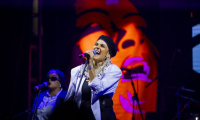









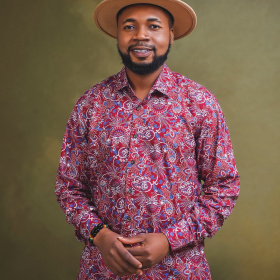
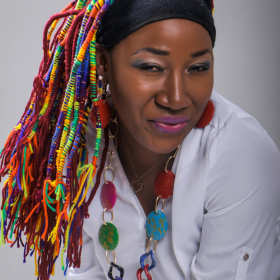

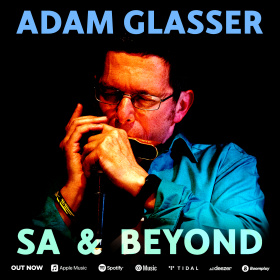
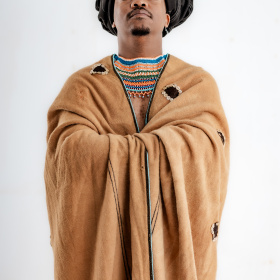

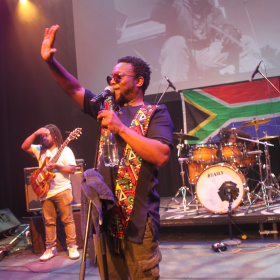





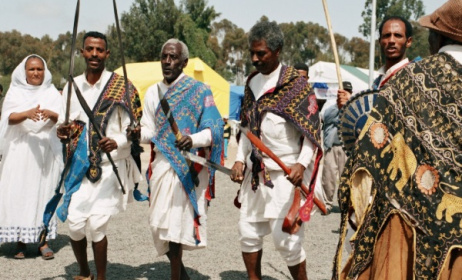


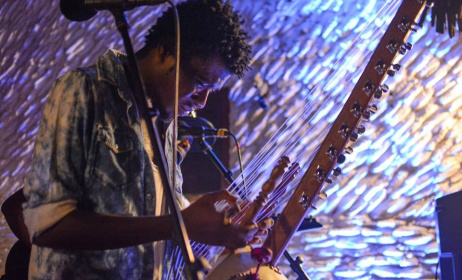
Comments
Log in or register to post comments